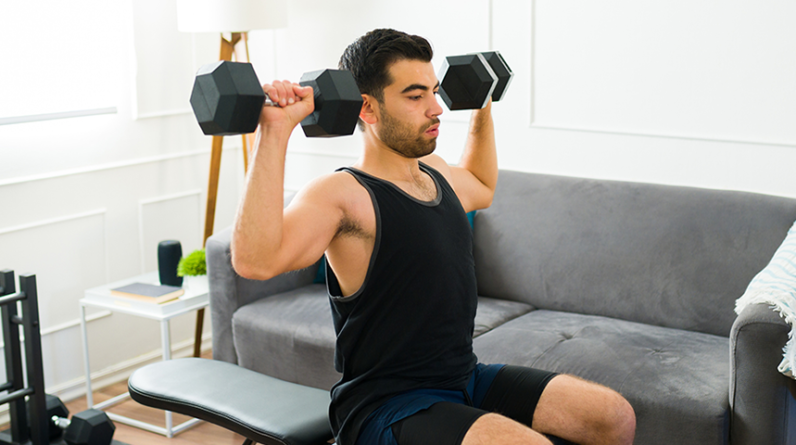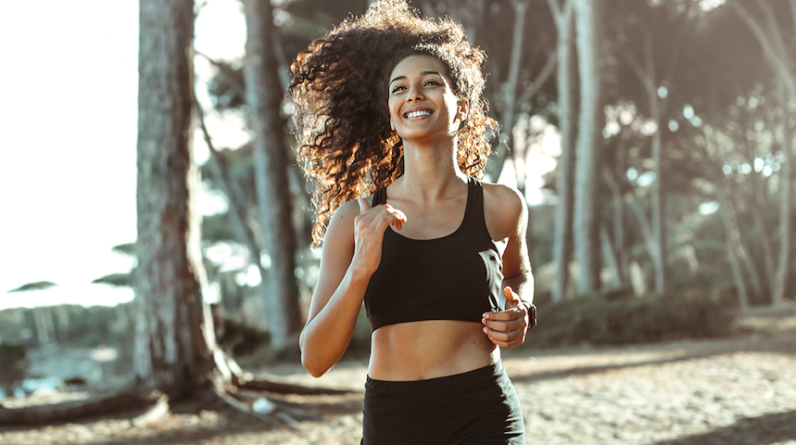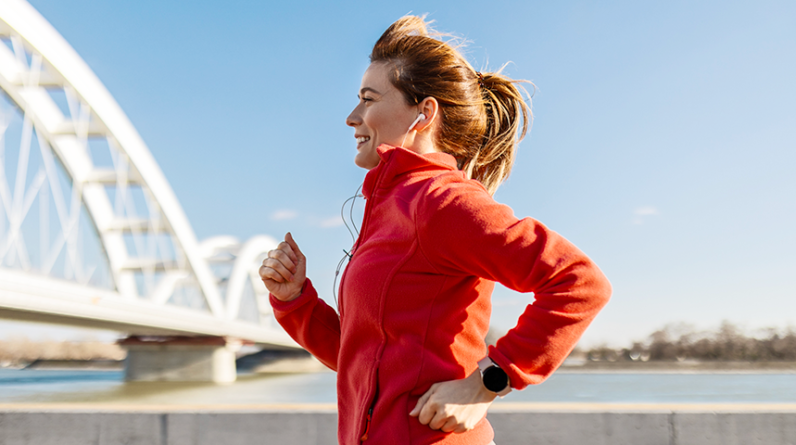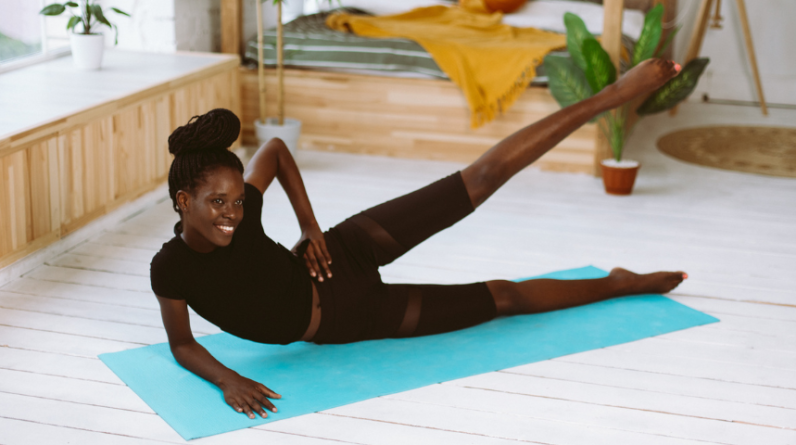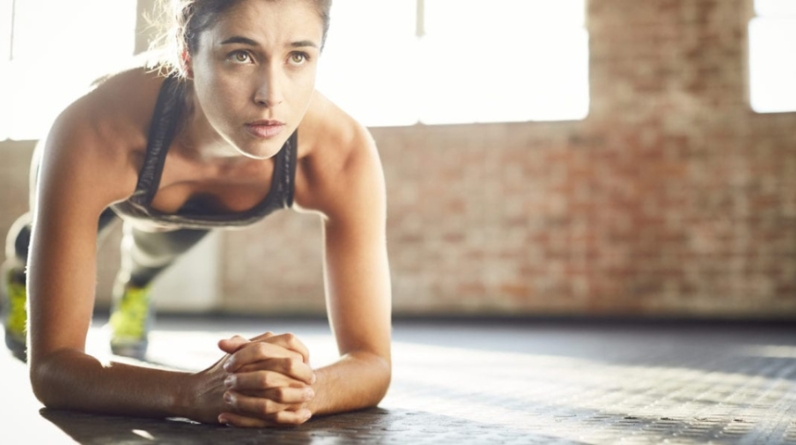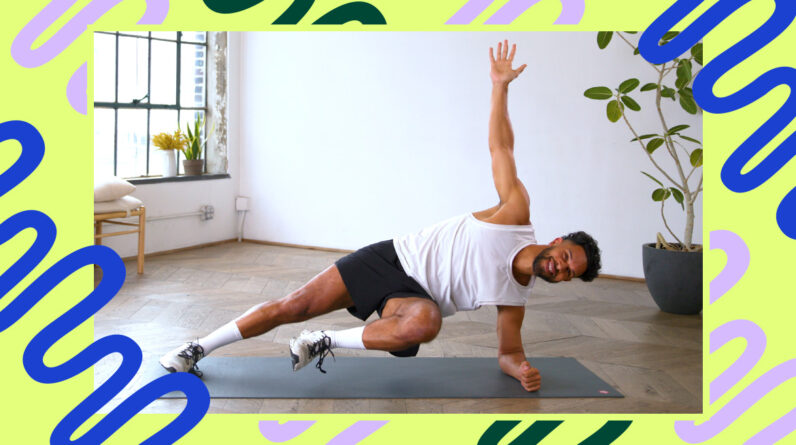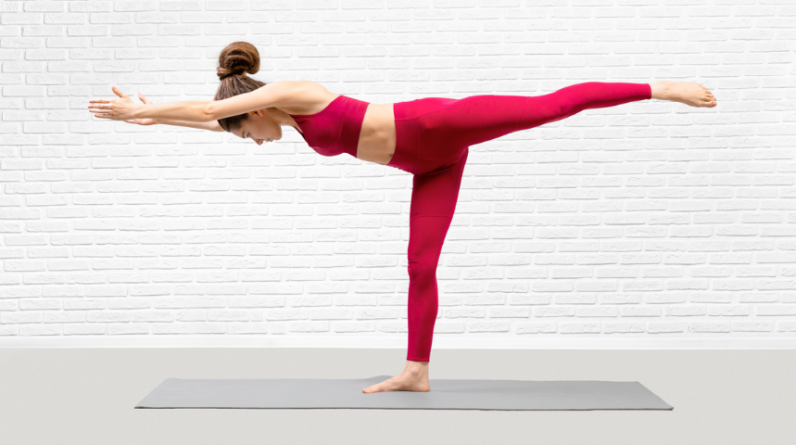
Love the mindful benefits of yoga but crave a more intense workout? Power yoga delivers both in a single practice.
“The flows can be more physically demanding on the body (and sometimes mind), and the class moves at a faster pace,” explains Robin Diamond, RYT 200, a Miami-based power yoga instructor. The sequencing and speed are “designed to keep your heart rate elevated and your muscles working,” she adds.
A mix of cardio yoga and yoga for strength, this 20th-century update on an ancient practice is perfect for those who want their workouts to pull double duty. Read on to learn about power yoga, how it’s connected to vinyasa yoga, and which poses you can expect in a typical class.
What Is Power Yoga?
Power yoga is any type of high-intensity yoga in which the pace and movements are more challenging than in a traditional yoga practice. While yoga’s roots date back millennia as a meditative practice, power yoga is a distinctly modern type of yoga.
In 1995, Beryl Bender Birch wrote the book Power Yoga, named for her signature athletic method of teaching the equally intense (but much more rigid and traditional) Ashtanga yoga. Bender Birch was the first to teach yoga to athletes, and power yoga has been the official yoga program of the New York Road Runners Club since 1980.
In the ’90s, yogis Bryan Kest and Baron Baptiste each put their own spin on the power practice, but these days “power yoga is a more general term,” Diamond says, adding that it’s linked to vinyasa (a.k.a. flow) yoga. You’ll also see “power vinyasa yoga” listed on studio class schedules.
As a decidedly Western practice, participants can expect music and energy, with a mix of English and Sanskrit names for poses. Be prepared to move — and sweat — without letting go of your “yogic breathing.”
“In a power class, you are linking breath with movement, just at a quicker pace,” Diamond says. A lifelong yogi, she found power yoga about seven years ago.
“My strength increased tremendously, and my mind was quiet when I was on my mat,” she says, explaining that the intensity actually helps with focus.
“When the classes are physically demanding, you’re so focused on the flow that you totally disconnect from other thoughts,” Diamond says.
That’s the essence of the upcoming program BODi LAVA, which fuses power yoga and primal movements for low-impact, high-intensity workouts that build strength and cardiovascular endurance.
Power Yoga Benefits
For those with a foundation in yoga, a power yoga practice can amplify its existing benefits:
1. Muscle strength and development
“All forms of yoga can provide an incredible mental workout, but power yoga is a great physical practice,” Diamond says. “By using your own bodyweight through a series of poses like push-ups (chaturanga), arm balances, and even standing poses, you’re able to sculpt your muscles if you practice consistently.”
2. Increased calorie burn
The brisk, steady pace of power yoga burns more calories than a slower yin or restorative practice, as your fitness tracker can confirm. In 2020, researchers examined the benefits of vinyasa yoga for cardiovascular health. They answered the question of whether yoga is cardiovascular exercise: Doing 90 minutes of vinyasa yoga can, over time, be an effective alternative to other forms of cardiovascular workouts.
3. Mood boost
Any time you unroll your mat, it can help you manage stress, bounce back from tough blows, and build resilience. Even one session of power yoga has been shown to reduce salivary cortisol, a marker for stress, according to research conducted on college-age women published in 2019.
4. Cardiovascular health
Dancers who practiced power yoga for eight weeks boosted their anaerobic endurance — as well as upper-body strength (compared with a control group who did not add yoga to their routine) — according to research published in 2019.
5. Greater mobility
Yoga can, of course, yield benefits for flexibility, mobility, and overall health of joints and connective tissues, and power yoga is no exception.
6. Weight management
Power yoga may help with weight loss, and, according to a 2016 review of studies, it’s a safe and effective addition to a weight-loss routine.
What Is a Typical Power Yoga Sequence?
“Every teacher brings their own special traits to their class,” Diamond says, but expect to kick off your power yoga practice with sun salutations after a quick, gentle warm-up. (But not 108 of them — don’t worry!)
As with other flow yoga, expect to link power yoga poses with a “vinyasa” or the combo of chaturanga (chaturanga dandasana), upward facing dog (urdhva mukha svanasana), and downward facing dog (adho mukha svanasana), which are all part of a sun salute.
Here are a few other poses you can expect in a power vinyasa yoga sequence. Move through each after a breath or two to boost the cardio yoga benefits of the practice.
Warrior 1 (Virabhadrasana 1)
- Start in mountain pose (tadasana). Step your left foot back three to four feet, at a 45-degree angle.
- Give yourself as much space between your feet as needed. If you’re able, align your back left arch with your right heel.
- Keeping your chest and hips facing the front of the mat throughout the posture, bend your front knee 90 degrees directly over the ankle, with your knee and toes pointing forward.
- Press your back foot into the ground. Lengthen your spine and engage your core.
- On an inhale, sweep your arms forward and up, palms facing each other.
- Keep your arms in line with your ears, engage your triceps, and press your shoulders down and away from your ears. Look forward or up toward your hands.
- Exhale to move out of the pose, to mountain pose, or directly to the other side.
Warrior 2 (Virabhadrasana 2)
- Start in mountain pose. Step your left foot back three to four feet, at a 45-degree angle, following the same alignment as warrior 1.
- Bend your front knee 90 degrees directly over the ankle, with your knee and toes pointing forward.
- Square your chest and hips to the left side.
- Press your left heel down firmly and engage the muscles of your left leg. Stand tall and engage your core.
- On an inhale, reach your left arm back and your right arm forward, so that they form a “T,” palms facing down. Spread the collarbones and broaden your upper back, keeping your shoulders down.
- Look over your right fingertips. Stack your shoulders directly over your hips (so your spine is upright — not shifted forward or back). Exhale to move out of the pose, to mountain pose, or directly to the other side.
Warrior 3 (Virabhadrasana 3)
- Stand with your feet hip-distance apart, with your hands at your sides or palms together in front of your heart.
- Shift your weight onto your right foot, and lift your left knee, flexing your left foot.
- Shift your weight forward as you extend your left leg behind you, keeping your left foot flexed. Your upper body and back leg should be parallel with the mat.
- Hold your gaze toward the floor, keeping your head neutral.
- Adjust your hips so that your pelvis is parallel with the floor. Your right leg should be as straight as possible.
- Find your balance, and, if desired, bring your arms straight out in front of you, keeping your shoulders away from your ears.
- On an inhale, reverse the movement to return to mountain pose, and repeat on the other side.
Chair Pose (Utkatasana)
- Stand in mountain pose, so your toes are together and your heels are slightly separated.
- On an inhale, raise your arms above your head next to your ears so that your palms are facing one another. Then bend your knees to lower your hips down and back, as if sitting in a chair.
- Keep your arms extended with your shoulders pressed down and biceps by your ears. Keep your chin slightly tucked and your chest lifted to maintain a straight line through your spine.
- Bend your knees deeply so that your thighs are parallel to the mat. Put your weight back into your heels, so that you could lift all 10 toes.
Boat Pose (Navasana)
- Start by sitting on the floor, knees bent, and feet flat on the floor. Keep your sitting bones flat on the ground.
- Engage your core and hip flexors and lift your feet off the floor.
- Keep a straight spine and continually lift through your sternum.
- Extend your arms forward, keeping them parallel with the floor. Straighten your legs if possible.
- Keep your core engaged to avoid putting strain on your lower back. Repeat three sets.
Is Power Yoga Good for Beginners?
While a program like BODi LAVA is designed to accommodate practitioners of all fitness levels, power yoga generally requires some experience with a basic yoga practice before attempting its more strenuous paces and poses.
If you’re feeling energized by the prospect of power yoga, BODi LAVA from Super Trainer Elise Joan, launches on June 27th. The high-intensity, low-impact program combines athletic yoga, primal movements, and bodyweight strength in a single practice that takes only 20 minutes a day. Power yogis will love the multi-tasking, flowing movement designed to make you sweat — and keep you moving.


